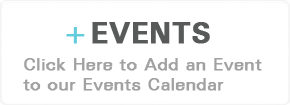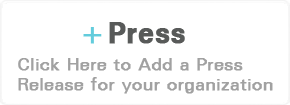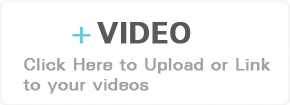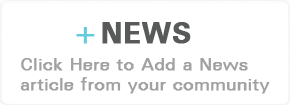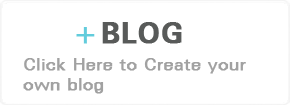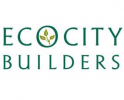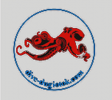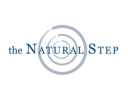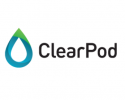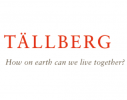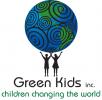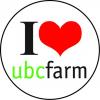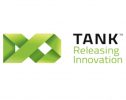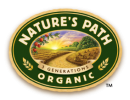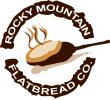Blog Post: Help Cleanup with the Great Canadian Shoreline Cleanup
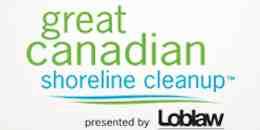
When you see trash in a park, street, or beach, do you wonder what you could do to help fix it? So do I. So I chatted with Jill Dwyer, a coordinator for The Great Canadian Shoreline Cleanup, to learn more about the environmental initiative.
The Great Canadian Shoreline Cleanup provides an opportunity for anyone to get involved with helping to remove waste from shorelines across Canada. Every year since 1994, the Vancouver Aquarium has headed up a shoreline cleanup initiative. Originally, they were part of the International Shoreline Cleanup, but in 2002 the program became a national Canadian project. In 2003, and every year since, every province and territory in Canada has been involved in removing garbage and trash from Canada’s plentiful shorelines. This past summer, the World Wildlife Fund of Canada joined the Vancouver Aquarium as a partner of the program, helping to promote and expand the GCSC. Sponsors of the GCSC include Loblaw, the Home Depot Foundation of Canada, and Molson Canadian.
You may ask, how can a landlocked province become involved in a shoreline cleanup? This is a common misconception about the project. A “shoreline” can define any location where water meets land, whether it be the ocean, a lake, or a river. Therefore, there is a lot of territory to cover in Canada and the GCSC requires the help of thousands of volunteers each year. The last cleanup, in September 2010, a total of 29000 volunteers removed 98000 kilograms of litter from 2235 kilometres of shoreline.
To increase involvement even further this year, the GCSC came to an agreement with the BC school board which will allow schools and classes to sign up for a cleanup shift in May 2011. This is the first year for the school program, but plans are in progress to offer a national school program in upcoming years.
Dwyer says that the reason this is such a great program is because people can see the effects of their actions immediately, while also being part of a greater cumulative effort across Canada and around the world. Also, by collecting data from volunteers on the trash found, the GCSC can define where exactly the littering problem is originating. This information is also submitted to the International Coastal Cleanup.
The “dirty dozen” is a list that the program coordinators compile each year of the top 12 trash items found. 2010’s list follows:
1. Cigarettes/Cigarette Filters 227,830
2. Food Wrappers 83,660
3. Bags (Plastic) 55,880
4. Caps/Lids 55,443
5. Cups, plates, etc 28,755
6. Beverage Bottles (plastic) 28,462
7. Beverage Cans 27,126
8. Straws/Stirrers 23,410
9. Beverage Bottles (glass) 19,668
10. Bags (Paper) 18,217
11. Cigar Tips 13,340
12. Tobacco Packaging 13,169
Dwyer says the most unique item a volunteer has ever found in the cleanup was a full-on Elvis costume. Do you think you can top that?
There are two ways you can get involved with September’s annual cleanup.
1) Become a site coordinator
2) Volunteer as an individual.
As a site coordinator, you would choose the site location, the date within the event week (September 17-25, 2011), and the time. You would be responsible for organizing the team, leading the group, and motivating your team. This is ideal if you have a group of people who are interested in getting involved.
Volunteering as an individual is a great option if you have a smaller group or if you have less time to commit to the program. In this case, you will sign up for a date and location that is convenient for you. As an added bonus, with this option you will meet like-minded people from your community.
The ultimate goal of the GCSC is to not have to do the annual cleanup anymore. If you want to make a difference and contribute to your own local community’s well being, go tohttp://shorelinecleanup.ca/
Registration for the May school cleanup is open now.
Registration for September opens in March.
Volunteers can register on the website or on the phone, toll free, at 1-877-427-2422.
__________
Category:


